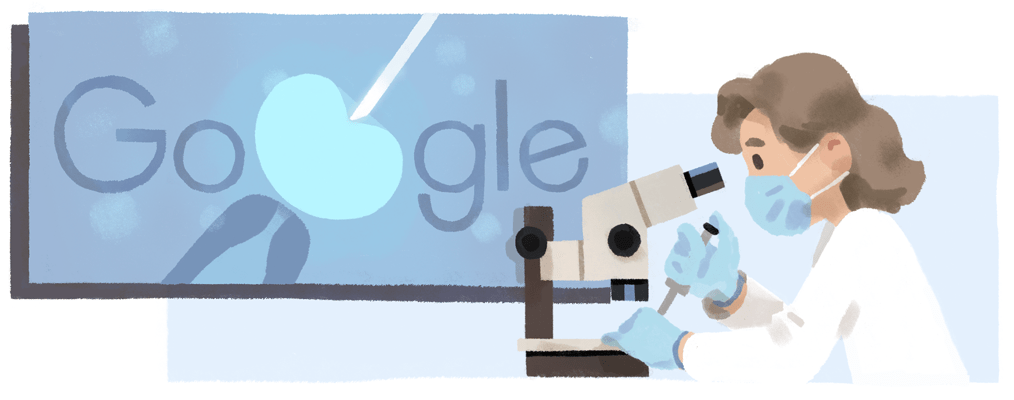Your support helps us to tell the story
From reproductive rights to climate change to Big Tech, The Independent is on the ground when the story is developing. Whether it's investigating the financials of Elon Musk's pro-Trump PAC or producing our latest documentary, 'The A Word', which shines a light on the American women fighting for reproductive rights, we know how important it is to parse out the facts from the messaging.
At such a critical moment in US history, we need reporters on the ground. Your donation allows us to keep sending journalists to speak to both sides of the story.
The Independent is trusted by Americans across the entire political spectrum. And unlike many other quality news outlets, we choose not to lock Americans out of our reporting and analysis with paywalls. We believe quality journalism should be available to everyone, paid for by those who can afford it.
Your support makes all the difference.Today’s Google doodle is honouring the British scientist who helped pioneer IVF treatment, Anne McLaren.
One of the most respected and significant reproductive biologists of the 20th century, Dr McLaren helped develop the technology to grow embryos in vitro – that is, in lab equipment outside of a mammal’s womb.
Her research was built upon to carry out the first in vitro fertilisation (IVF) birth of a human baby in the UK in 1978.
Dr McLaren, who is 94 years old today, later sat on the influential Warnock Committee in the 1980s, whose work led to the Human Fertilisation and Embryology Act in 1990 – the UK’s watershed legislation which regulates research and technology around creating human embryos in the lab.
She began her career training as a zoologist at the University of Oxford, but it was at the Royal Veterinary College in London during the 1950s that her breakthrough research into IVF came about.

In 1958 she published a paper in the scientific journal Nature reporting how she and colleagues had for the first time successfully developed mice embryos in vitro, proving it could be possible to do the same for humans.
Human IVF has now become a major part of fertility treatment around the world and in 2018 it was estimated about eight million children had been born using the technology.
Later in her career she became the first woman to become vice-president of the Royal Society and in 1995 became president of the British Association for the Advancement of Science, and dedicated many years to inspiring more public interest in cutting-edge science and technology.

Join our commenting forum
Join thought-provoking conversations, follow other Independent readers and see their replies
Comments